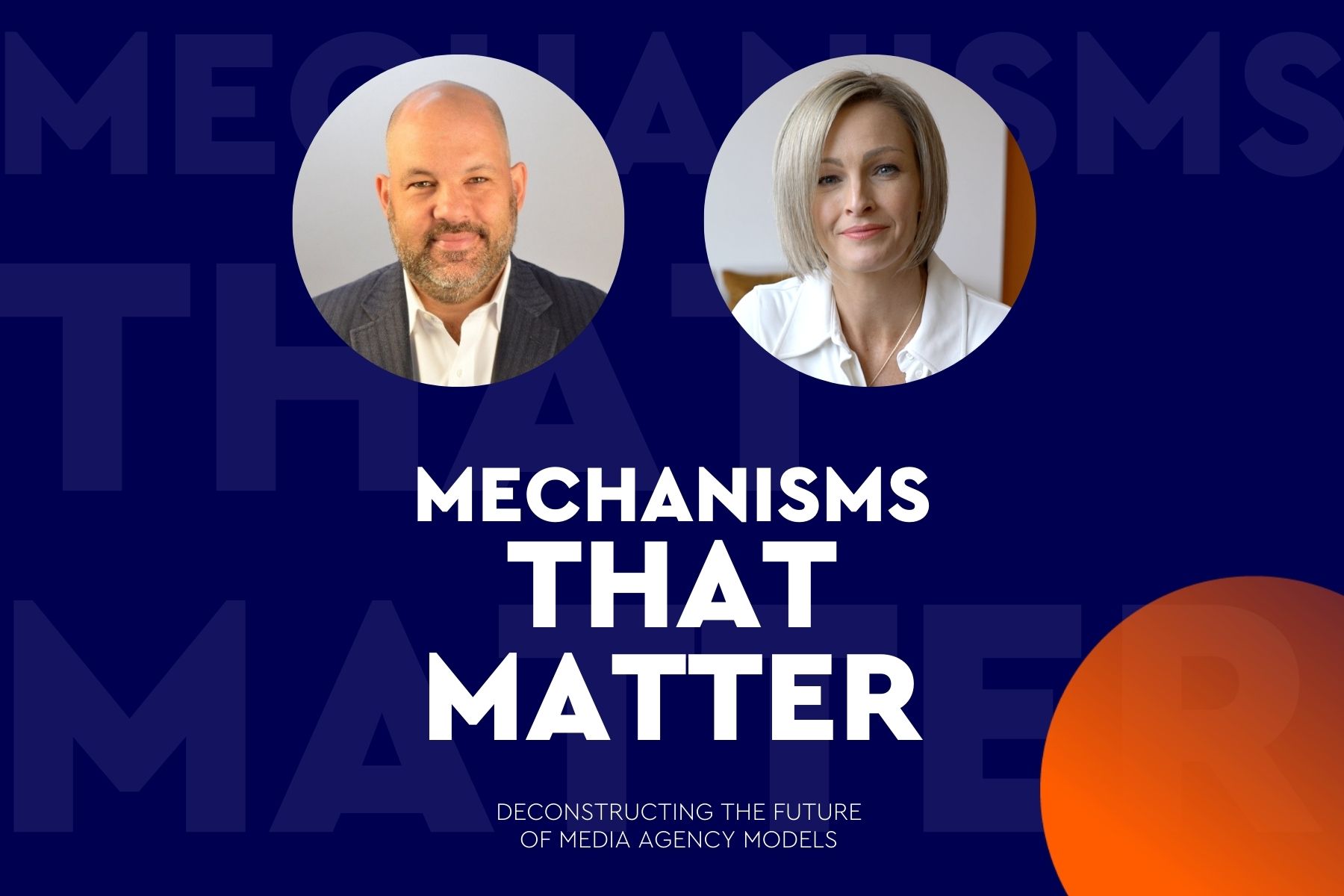
Rethinking inclusion as a business imperative
If inclusive criteria are met, there will be a strong foundation for propelling brand momentum, says Josh Loebner of WPP’s Wunderman Thompson
Business imperatives often focus on advantages found within technological shifts, product innovations, redefined logistics and reinterpreting consumer wants and needs. Among these advantages, inclusion is now seen as critical to dynamically drive differentiation and propel brand position. No matter where consumer engagement takes place, in physical, digital, augmented, or virtual realities, inclusion is rapidly expanding into these places and spaces to build equitable and accessible narratives and foster change.
Harnessing the purposeful advantages of inclusion starts with brands and businesses seeking data, marketing intelligence, learning, listening, and co-creating with marginalised groups to frame objectives and progress. Inspiring action through guided insights, Wunderman Thompson Intelligence launched the Inclusion’s Next Wave report.
Proving this inclusion imperative, among the report’s insights a global survey highlighted that “90% say equality is now everyone’s business, and 75% say companies and brands must play a role in solving big societal challenges such as equality and social justice”. Challenges remain. The report’s authors note that “this is still a biased world; one in which 86% of Fortune 500 CEOs are White men and less than 1% identify as LGBTQ+. Governments and institutions are rolling back hard-won freedoms in a backlash against so-called ‘woke’ culture”. In these instances of systemic barriers, brands and businesses are spearheading inclusive paths to progress.
Inclusive trendsetting
Brands that do not deliver on inclusion will become irrelevant. This insight from the global survey and report identifies a clear inflection point on how inclusion has the potential to redefine relevance to shift away from exclusiveness and privilege toward equitable engagements and meaningful moments.
Where the marginalised were once silenced and segregated, they’re now becoming iconoclasts and are sounding clarion calls for change through greater visibility, idea sharing, and brand collaborations.
In these instances, inclusion is not just a part of other trends, but central to what’s emerging and avant-garde. More trend details and data abound in the Inclusion’s Next Wave report, but here are a few insights that stood out:
Intersectional storytelling
Intersectional storytelling goes beyond a thin veneer of representation that may appear tokenistic or one dimensional, and instead weaves nuanced, sublime and multiple characteristics that overlap across gender, ethnicity, ability, religion, and other traits that collectively convey a richer identity and, ultimately, more authentic narratives. Inclusion is layering onto representation on-screen, to embed diverse talent more deeply within the creative process, to include co-creators, collaborators and any number of different team-members that identify as underrepresented and marginalised.
Amplifying diverse creators
“Nothing about us, without us” is not only a rally cry championed by many in disability and other marginalised communities, but it is an actionable principle. Monolithic one-way messages from brands are an anachronism left behind at the advent of social media. Diverse creators are rising voices championing, educating, and demanding inclusion by leading loyal followers and fan-bases to take action, and many brands are collaborating and elevating this new wave of creators by showcasing their talents and passions.
Digital Sanctuaries
Systemic isolation and exclusion, whether through conscious or unconscious biases, exists across physical and digital spaces. As brands explore and engage within augmented realities, Web 3, and the metaverse, marginalised communities and allies are collaborating to welcome expanding perspectives. Creating accessible and inclusive spaces and establishing parameters for psychological safety, invite provocative and diverse voices to comfortably connect in shaping and creating new worlds.
Better ideas through inclusion
In many ways, inclusion is still new among creative conversations and client commitments. Coinciding with this emergence are inclusion reports, playbooks, toolkits, and trainings to guide allies and advocates. Operationalisation of inclusion is the next layer beyond these important foundations.
Activating team-members with lived experiences, and as allies across departments and divisions, empowers conversations to extend outside talent recruitment (which is still needed), and to be embedded within any team that brings ideas to life. Bespoke initiatives, such as Wunderman Thompson’s Inclusive Experience Practice, are torchbearers to lead, provoke and craft avenues of action to engage, inspire and cultivate a rethinking of inclusion as a business imperative.
Even with all these efforts, inclusion, at times, may seem an afterthought, not relevant to problem solving, not innovative, or simply forgotten. One consideration is to use this simple mnemonic device where the first letters of inclusive, diverse, equitable, accessible, and sustainable form the word ideas. At each stage of a project’s progress, from brainstorming to strategic annual planning, or any other milestone, consider if the ideas coming to life within the project are I.D.E.A.S.
If what is being concepted, developed, and built isn’t inclusive, diverse, equitable, accessible, and sustainable, then whatever is launched into the world won’t reach as many people, may be inauthentic, unattainable, and won’t have the staying power to translate into success. Alternatively, if inclusive criteria are met, there is a strong foundation for propelling brand momentum in bold and inspiring new pathways of progress.
published on
22 September 2022
Category
More in Communications

Rebranding cancer: how brands heal and hurt
Along with consumer brands, the ‘brand’ of condition or event influences us.

Mechanisms that Matter – Inside WPP | Ford’s revolutionary marketing model
How a process created on the factory floor over 70 years ago has transformed ops for the auto giant

How to build your brand in-game
A new research report from WPP and SuperAwesome

